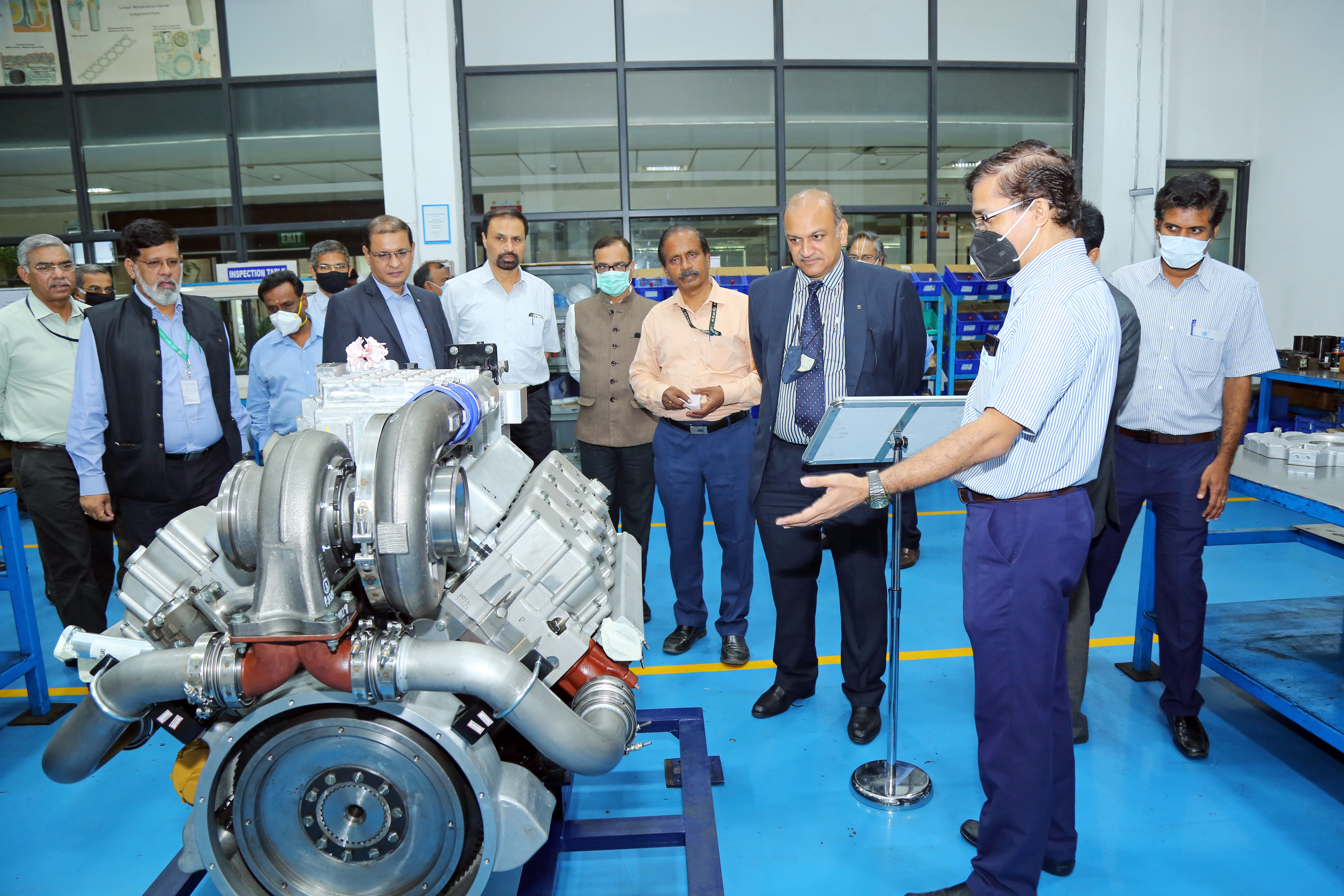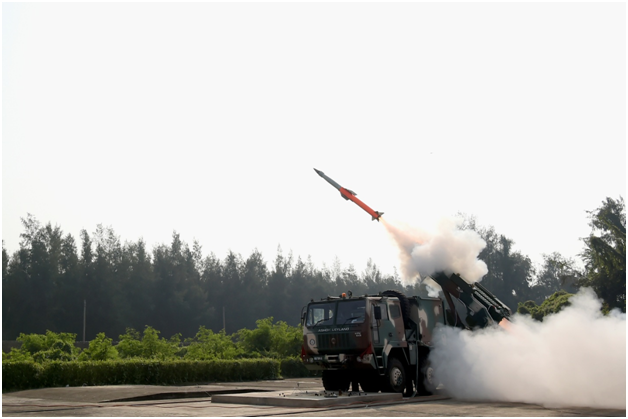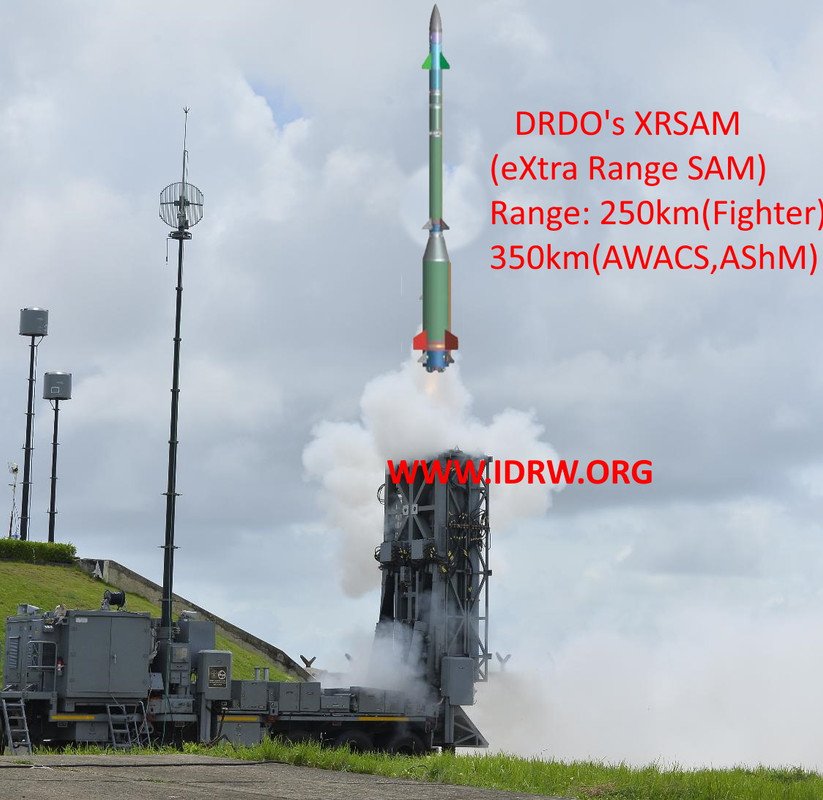News Beat
News Beat reporting is an idrw.org initiative to let our Readers to report News Based on Actual facts but some how has not been reported in Main Stream Media .
SOURCE: RAUNAK KUNDE / NEWS BEAT / IDRW.ORG


The Indian Air Force (IAF) is seeking assistance from Boeing to determine the financial viability of repairing an Apache attack helicopter that made a hard landing in Ladakh earlier this year. The incident, which occurred at a high altitude of 12,000 feet in snow-bound terrain, resulted in significant damage to the aircraft.
The Apache reportedly lost power during its operational sortie, forcing the pilots to perform an emergency landing. The harsh conditions and rocky terrain caused extensive damage to the helicopter’s undercarriage. Recovering the aircraft from the remote valley took weeks for the IAF.
Continue readingSOURCE: RAUNAK KUNDE / NEWS BEAT / IDRW.ORG


General Electric’s Power Conversion business has proposed its Integrated Full Electric Propulsion (IFEP) system for the Indian Navy’s upcoming aircraft carrier. This advanced propulsion system promises enhanced efficiency, survivability, and cost-effectiveness compared to traditional propulsion methods.
GE’s IFEP system employs a dual electric motor configuration for each drive train, paired with VDM25000 power converters equipped with three independent channels.
Continue readingSOURCE: RAUNAK KUNDE / NEWS BEAT / IDRW.ORG


In a significant boost to India’s defence manufacturing capabilities, the French Naval Group, the partner in the Scorpene submarine project, has announced that the combat management system (CMS) for the upcoming three Scorpene submarines will be indigenously developed by Bharat Electronics Limited (BEL). While the core technology will be based on French architecture, the actual system will be designed and built in India.
This development marks a pivotal moment in India’s journey towards self-reliance in defence. The CMS is the brain of a submarine, integrating various sensors, weapons, and systems. Until now, India has been dependent on foreign original equipment manufacturers (OEMs) for this critical component. The indigenous development of the CMS will not only reduce dependency but also create high-skilled jobs in the country.
Continue readingSOURCE: RAUNAK KUNDE / NEWS BEAT / IDRW.ORG


The Ministry of Defence, Government of India, has announced its intent to procure the Carrier Air Defence Tracked (CADET) system to meet the Indian Army’s growing needs for air defence in support of mechanized platforms across various units. This procurement is aimed at addressing the Army Air Defence’s requirement for a common tracked platform that can serve as a versatile carrier for both current and future equipment.
The CADET platform is envisioned as a common, box-shaped tracked chassis with a raised structure designed to accommodate crew and equipment inside, as well as provide attachment points on its exterior for mounting various air defence systems. This design will ensure uniformity across Air Defence units, improving equipment management and streamlining training processes.
Continue readingSOURCE: RAUNAK KUNDE / NEWS BEAT / IDRW.ORG


In a significant development, India has decided to pursue a self-reliant approach for its ambitious 5th generation Advanced Medium Combat Aircraft (AMCA) program. This move comes amidst offers from various international Original Equipment Manufacturers (OEMs) seeking collaboration in exchange for potential contracts under the separate Medium Range Fighter Aircraft (MRFA) tender.
According to reliable sources close to idrw.org, the Indian Ministry of Defence (MoD) is not considering any international collaboration for the AMCA program. The project aims to achieve a high degree of Indigenous content, with most of the work being executed by Indian Defence Public Sector Undertakings (DPSUs) and private sector companies.
Continue readingSOURCE: RAUNAK KUNDE / NEWS BEAT / IDRW.ORG


A significant milestone has been achieved in India’s quest for self-reliance in defence technology. The indigenously developed 600 horsepower engine, a joint venture between the Combat Vehicles Research & Development Establishment (CVRDE) and Ashok Leyland, is on the cusp of production readiness.
Initially conceived in 2021, the engine has undergone rigorous ground trials over the past three years. Incorporating advanced technologies, the engine is designed to be compact, efficient, and lightweight, making it a suitable power source for future combat vehicles.
Continue readingSOURCE: RAUNAK KUNDE / NEWS BEAT / IDRW.ORG


The Defence Research and Development Organisation (DRDO) has initiated work on a homegrown Laser Designation Pod (LDP) for its fighter jets. This critical component will significantly enhance the precision strike capabilities of the Indian Air Force.
The LDP is a sophisticated sensor-cum-targeting system that detects, recognizes, identifies, and designates surface targets for accurate delivery of precision-guided munitions. It also possesses the capability to transmit real-time target video and imagery to ground stations.
Continue readingSOURCE: RAUNAK KUNDE / NEWS BEAT / IDRW.ORG


BEML Limited’s Engine division has achieved a significant breakthrough with the successful completion of the first round of ground trials for India’s first indigenously made 1500 Horsepower (HP) engine for Main Battle Tanks (MBTs).
This marks a major milestone in India’s quest for self-reliance in defence technology. The 1500 HP engine, developed at BEML’s Mysuru complex, performed as expected during the trials, exceeding expectations. Engineers are currently analyzing the collected data to identify potential areas for further optimization.
Continue readingSOURCE: RAUNAK KUNDE / NEWS BEAT / IDRW.ORG


The Indian Air Force (IAF) is exploring a novel role for the indigenously developed Quick Reaction Surface-to-Air Missile (QRSAM). Originally designed to protect moving armoured columns from aerial threats, the QRSAM could now be deployed as a crucial layer of defence for the formidable S-400 long-range air defence system.
The S-400, a cornerstone of India’s air defence capabilities, is vulnerable to saturation attacks by multiple rocket launchers, a tactic employed by adversaries to overwhelm the system.
Continue readingSOURCE: RAUNAK KUNDE / NEWS BEAT / IDRW.ORG


Airbus Defence is revamping its campaign for the Indian Air Force’s (IAF) Medium Transport Aircraft (MTA) program, aiming to convince the IAF of the A400M’s operational efficiency and affordability.
Airbus has offered its A400M Atlas military transport aircraft in response to the IAF’s tender for 60 new transport planes. The company acknowledges earlier challenges related to the A400M’s service introduction, which resulted in a “reputation” for availability issues. However, Airbus emphasizes that these concerns are a thing of the past. “That is behind us,” declared Jean-Brice Dumont, Head of Air Power at Airbus Defence and Space, in a recent media statement. “Now the aircraft is there, it does the job, and it does many jobs.”
Continue readingSOURCE: RAUNAK KUNDE / NEWS BEAT / IDRW.ORG


In a significant development, India has decided to reduce the number of nuclear attack submarines planned under Project 77 from three to two. This decision comes after internal discussions with the Indian Navy and is aimed at optimizing resources while maintaining the core capabilities of the submarine fleet.
Initiated in 2015, Project-77 envisioned the development and construction of six advanced nuclear attack submarines in two phases. While the design and engineering phases have been successfully completed in 2022, the project has faced budgetary constraints.
Continue readingSOURCE: RAUNAK KUNDE / NEWS BEAT / IDRW.ORG


The Indian Air Force (IAF) and Hindustan Aeronautics Limited (HAL) are forging ahead with the ‘Super Sukhoi’ upgrade program, a comprehensive modernization initiative for the IAF’s Su-30MKI fighter jets. This ambitious project promises to significantly enhance both the indigenous content of the aircraft and their overall serviceability.
The upgrade package, slated for the initial batch of 84 Su-30MKIs, is expected to propel the level of indigenous content to a noteworthy 71%. This signifies a substantial leap in India’s self-reliance in fighter jet technology. By reducing dependence on foreign sources for components and systems, the IAF will gain greater control over maintenance and upgrade cycles.
Continue readingSOURCE: RAUNAK KUNDE / NEWS BEAT / IDRW.ORG
)

The skies over India are set to witness a changing of the guard as the Indian Air Force (IAF) prepares to phase out its ageing fleet of Hawker Siddeley HS 748 Avro transport aircraft. These twin-turboprop veterans, serving the IAF since the 1960s, will gradually be replaced by the more modern and versatile Airbus C-295M transport aircraft.
The C-295M, with its faster deliveries spearheaded by Airbus Defence, is nearing the point where the trusty Avros will be deemed surplus to requirements. This transition marks a significant chapter in the evolution of the IAF’s transport capabilities.
Continue readingSOURCE: RAUNAK KUNDE / NEWS BEAT / IDRW.ORG


The Indian Air Force (IAF) and Hindustan Aeronautics Limited (HAL) are reportedly close to finalizing a deal for the acquisition of 97 additional Tejas MkIA fighter jets, a move that underscores India’s commitment to bolstering its indigenous defense capabilities. As part of this significant development, General Electric Co. (GE) is in advanced negotiations with HAL to expand the delivery of its F-404 engines, which power the Tejas MkI. Despite facing supply chain challenges, GE has agreed to scale up its engine deliveries, ensuring the timely production and deployment of these advanced fighter jets.
GE’s F-404 engines are a critical component of the Tejas MkIA, providing the necessary thrust and performance for this lightweight, multi-role fighter. In 2021, GE signed a contract to deliver 99 F-404 engines to HAL, with a planned delivery schedule of 16 engines per year starting in 2023. However, global supply chain disruptions have impacted GE’s ability to meet this target, leading to a revised delivery plan.
Continue readingSOURCE: RAUNAK KUNDE / NEWS BEAT / IDRW.ORG


India is on the cusp of a major breakthrough in its indigenous air defence capabilities with the upcoming test of the Long-Range Surface-to-Air Missile (LRSAM), the cornerstone of the ambitious Project Kusha. Envisioned as a homegrown equivalent to the Russian S-400 Triumf, the LRSAM is set to provide India with a robust, layered air defence shield.
Developed by the Defence Research and Development Organisation (DRDO), the LRSAM is a critical component of the Indian Air Force’s (IAF) modernization plans. The missile, which has already entered the fabrication stage, is designed to intercept hostile targets at ranges of up to 150 kilometers. To counter larger aerial threats, two additional variants with ranges of 250 and 350 kilometers are in development.
Continue reading